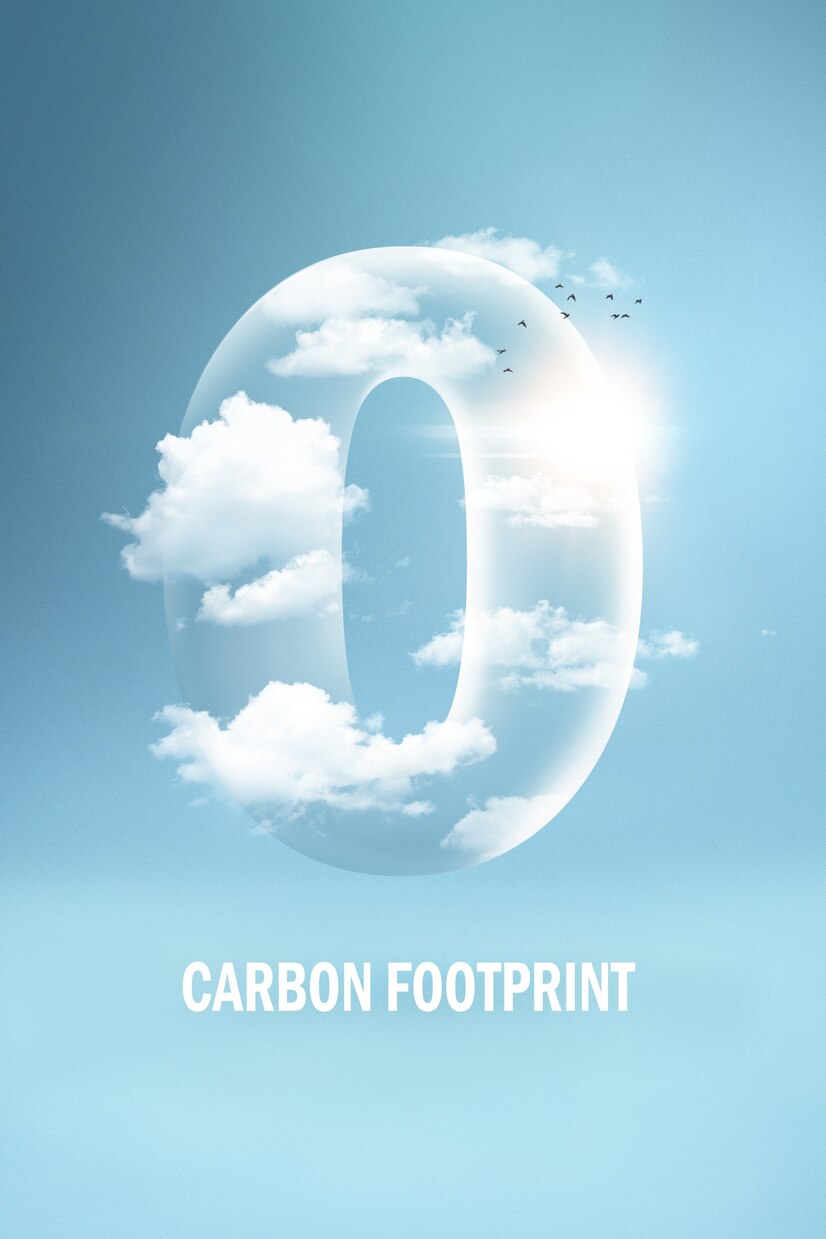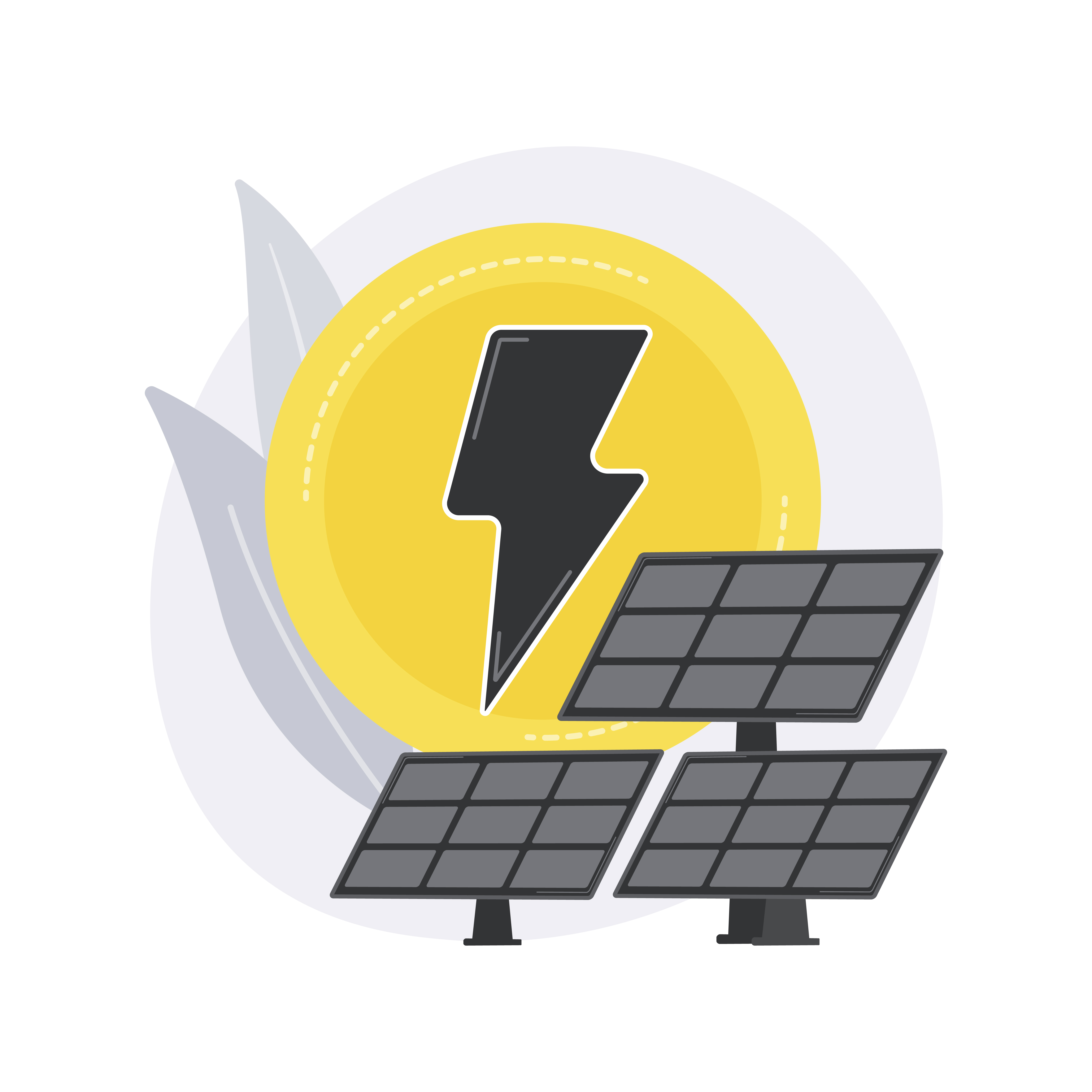This article will discuss carbon capture in Argentina and investigate the ambitions, strategy, and challenges behind carbon capture technology. It will also delve into the key players in the market and the key projects of interest. Carbon capture is a way to reduce emissions by capturing carbon dioxide emanating from industrial processes and storing it deep underground. This technology is crucial in Argentina’s quest to reach carbon neutrality by 2050.
Ambition and Strategy:
The government updated its nationally determined contribution in October 2021 and pledged to limit to 349 million carbon emissions in 2030. Argentina has been exploring implementing carbon pricing mechanisms, such as carbon taxes or cap-and-trade systems, to incentivize emissions reductions in various sectors of the economy. Argentina has initiatives to increase afforestation and reforestation efforts, which can help sequester atmospheric carbon.
Key Projects:
- Novartis carbon sink forestry project in Santo Domingo Estate in northern Corrientes. Through afforestation, the firm planned to offset 600,000 tons of carbon dioxide until 2020 and up to 2 million tonnes by 2040.
- The Yungas Project is in the Yungas ecoregion in the Tucuman province of Argentina. By planting trees, they are working to enhance the biodiversity of the region and restore the ecological imbalance affected by increasing deforestation. The project began in 2002, and over the years, they have offset 728, 228 kg of carbon dioxide.
- GO Forest runs the second largest natural area in South America. The forest located in the Chaco region in Argentina runs through Bolivia, Paraguay, and a small portion of Brazil covering an area of 1.1 million square kilometers.
Top Operators:
- Novartis, headquartered in Basel, Switzerland, was founded in 1996. They have developed carbon sink forestry projects in Colombia, Argentina, Mali, and China. Their projects not only offset greenhouse gas emissions but also contribute to society.
- GO Forest plants trees, helping restore ecological imbalance and providing employment to local communities in the region. For instance, 80 per cent of the revenue goes directly to the communities involved.
- Bosques Naturales Protegidos manage 300,000 hectares of forest land in Argentina. They engage in afforestation and reforestation intending to eliminate deforestation and improve the quality of life for the native population.
Challenges:
- Developing and implementing carbon capture technologies can be expensive. The cost of building and operating carbon capture facilities, as well as the uncertainty of returns on investment, can deter private sector involvement. Securing funding and financing for such projects can be a significant challenge.
- Developing and deploying carbon capture technologies require advanced engineering and infrastructure. Ensuring the availability of appropriate technology and skilled personnel is essential. This may involve significant research and development efforts.
- Carbon capture projects can face opposition from local communities due to concerns about safety, environmental impacts, and the use of public resources. Engaging with and gaining the support of local communities is important for project success.
Final Viewpoint:
In conclusion, Argentina’s pursuit of carbon neutrality by 2050 is commendable. Their updated climate commitments, including carbon pricing mechanisms and afforestation efforts, underscore a comprehensive strategy. Key projects, like Novartis’ carbon sink forestry and the Yungas Project, exemplify the nation’s dedication to environmental restoration. However, challenges persist, from the high costs of carbon capture to community concerns. Yet, with innovation, international collaboration, and determination, Argentina can play a pivotal role in global emissions reduction. By uniting government, industry, and communities, Argentina can turn its carbon neutrality aspiration into a real, tangible achievement for a more sustainable planet.
End Notes
https://www.novartis.com/sites/novartiscom/files/novartis-carbon-sink-forestry-projects.pdf
https://tree-nation.com/projects/reforestation-yungas-argentina/about
https://www.novartis.com/esg/environmental-sustainability/climate
https://goforest.be/our-projects/argentina/





